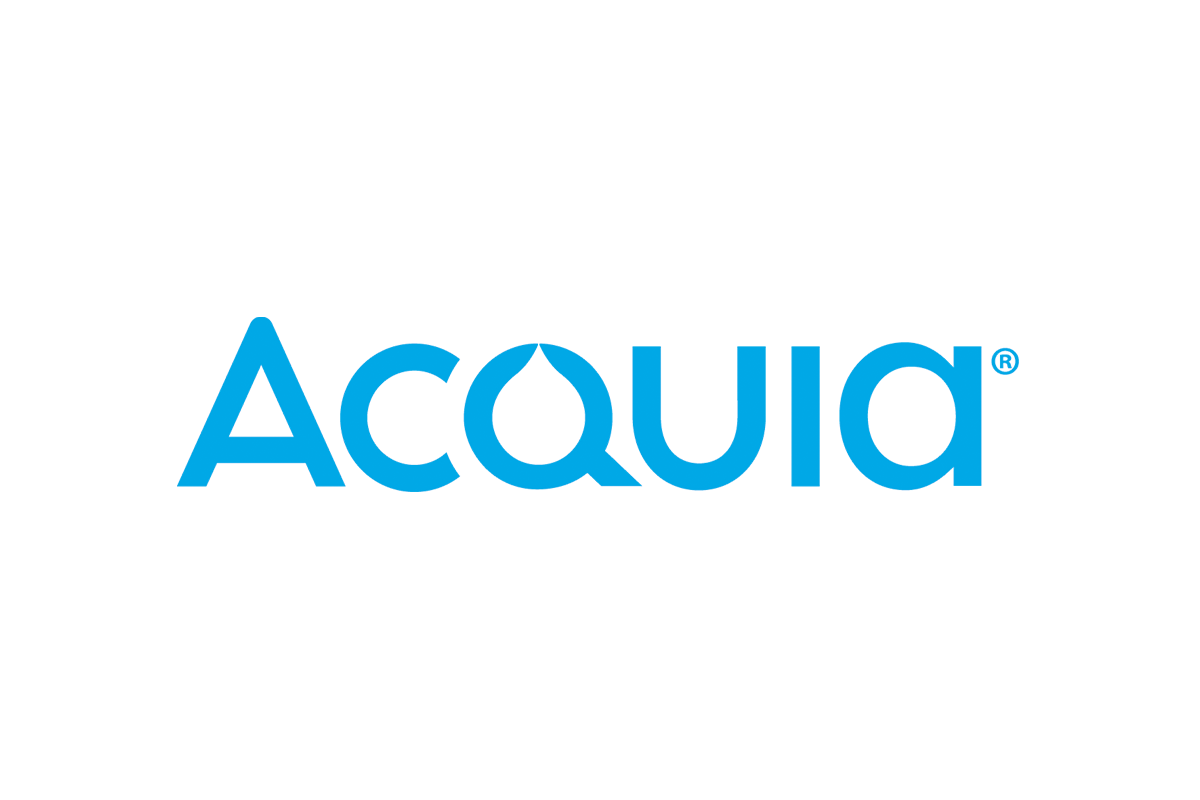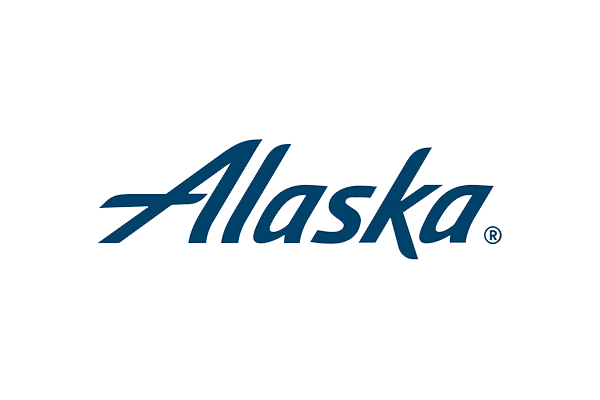Resource Center
Upcoming webinars
Currently, the requested information or upcoming webinar is not available.
Filter resources
Type
Briefs(123)
Case Studies(60)
Guides(10)
Infographics(22)
Videos(30)
Solution
Apache(1)
Application Observability(29)
AWS(22)
Azure(4)
Case Study(56)
Cloud SIEM(22)
Cloud SOAR(7)
Compliance(15)
Containers(8)
Continuous Intelligence(5)
DevOps and IT Operations(106)
GCP(5)
SecOps and Security(125)
Training and Certification(9)

